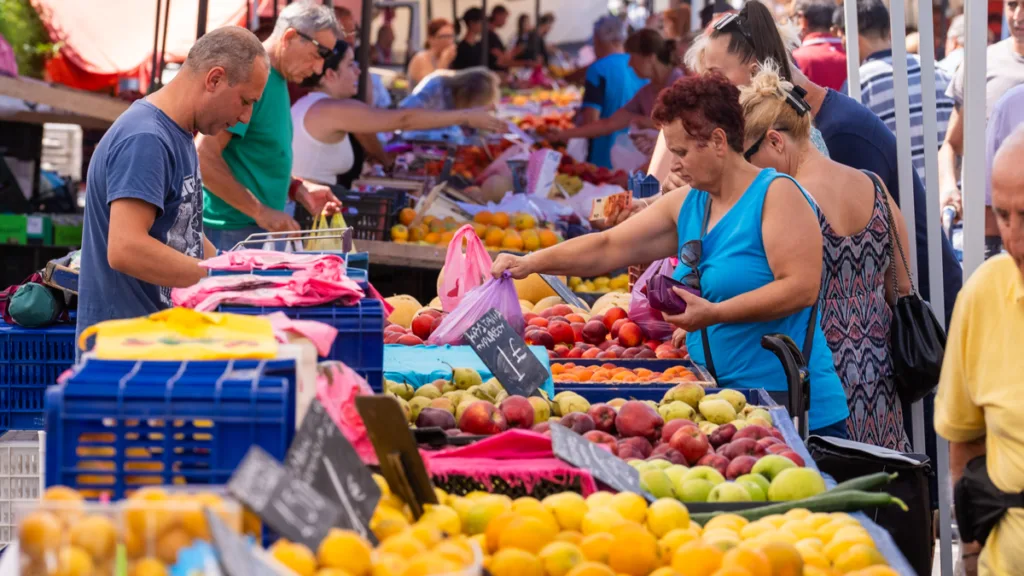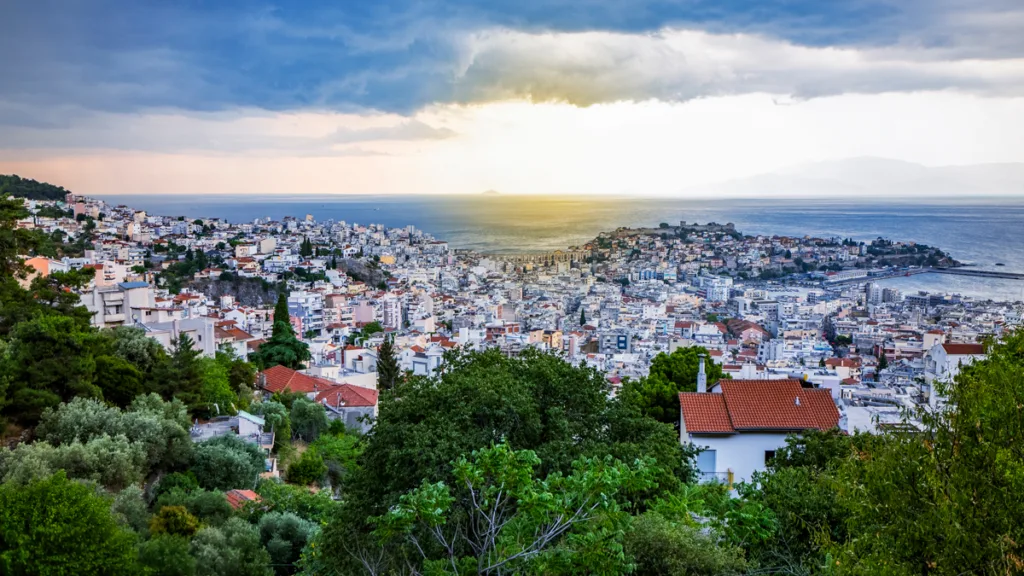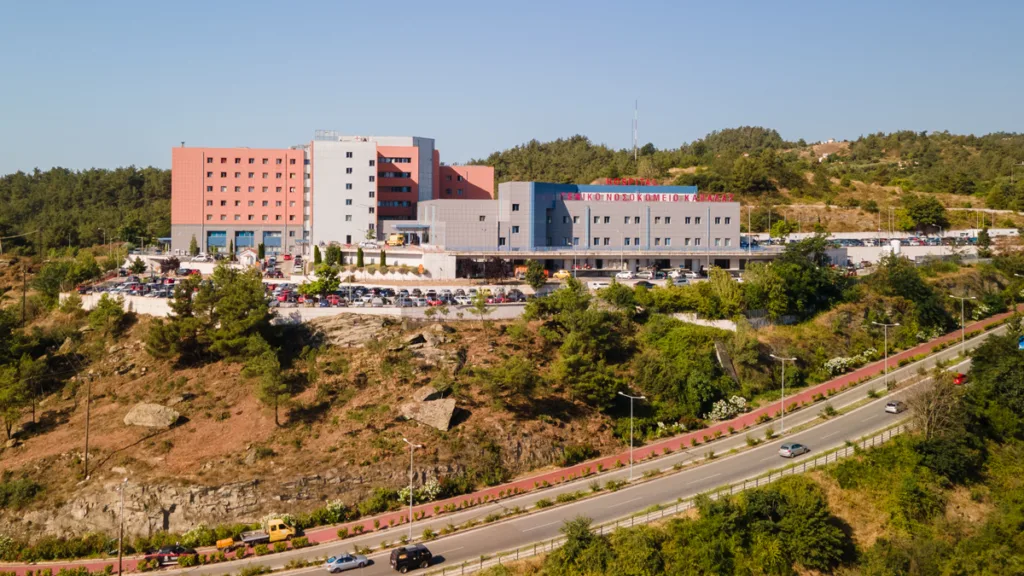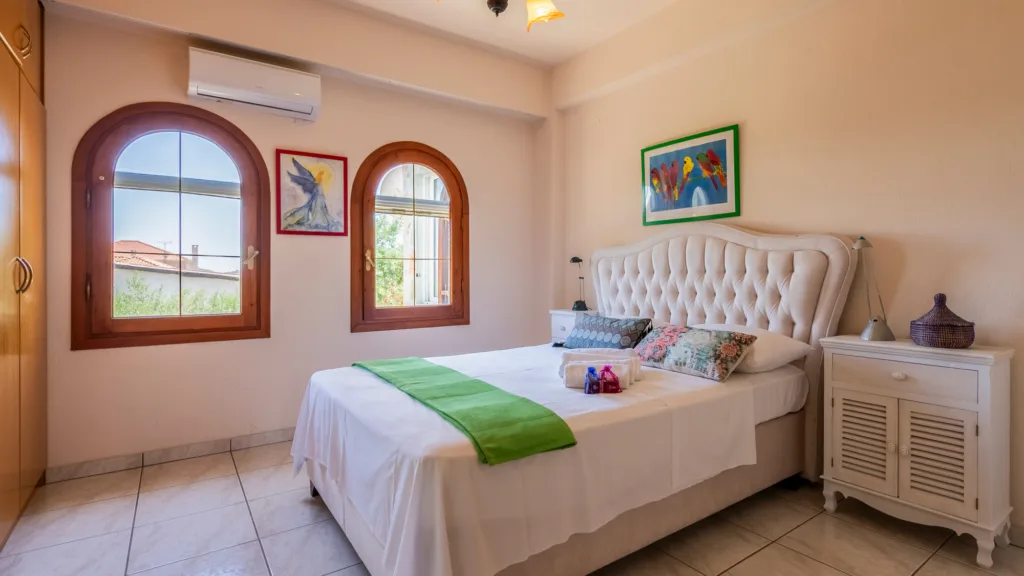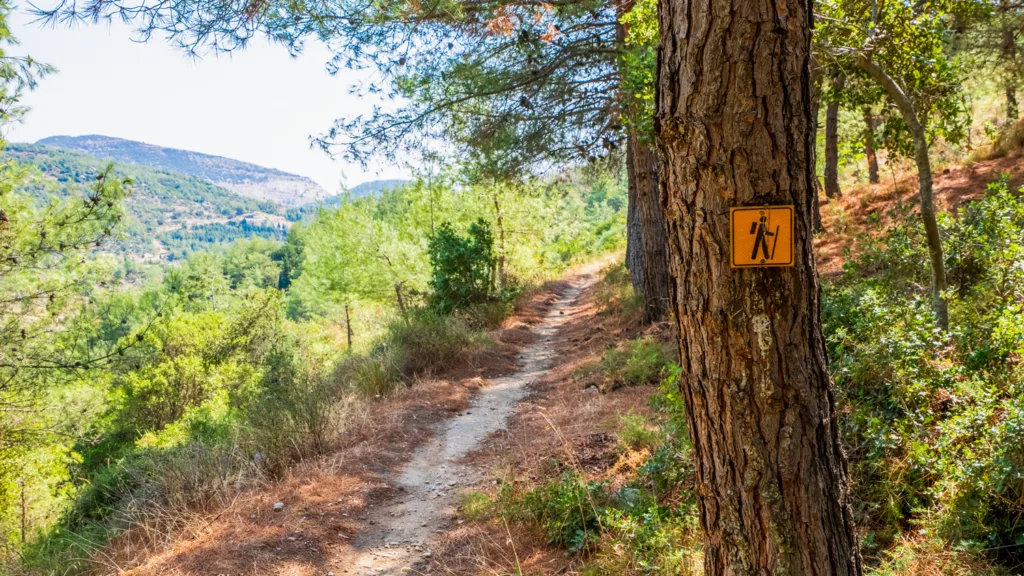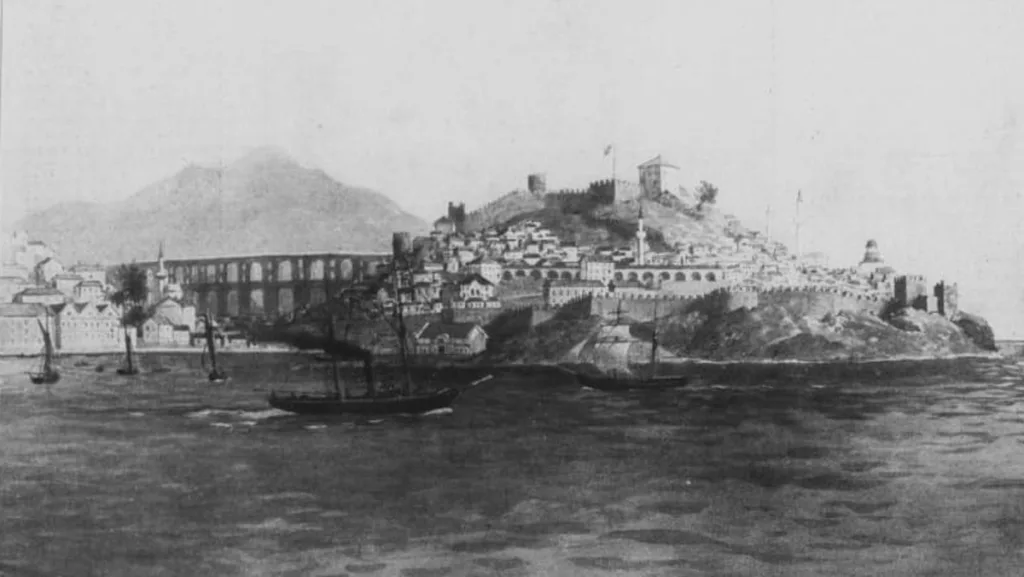Port of Kavala
Gateway to the Aegean
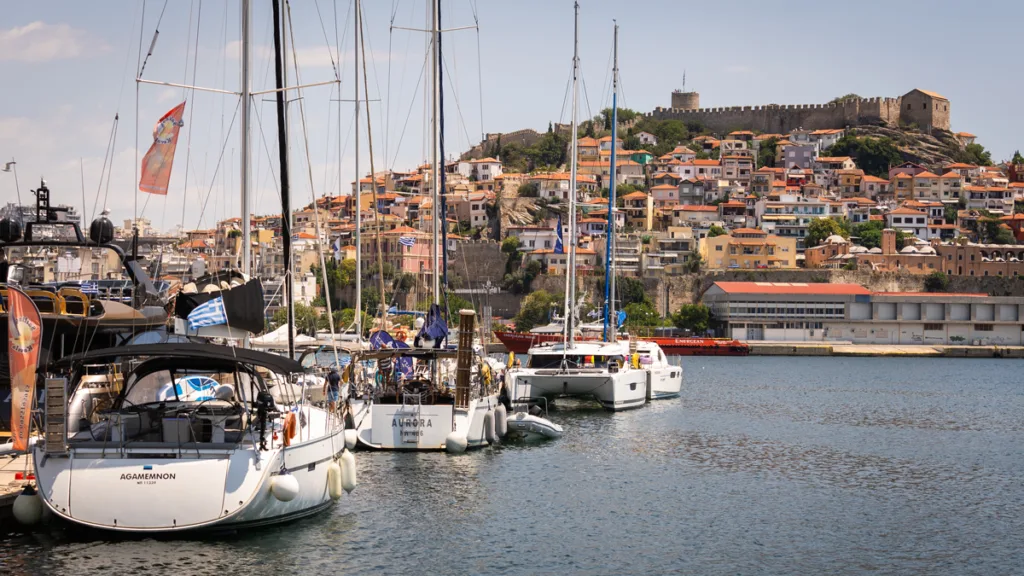
Welcome to the vibrant port city of Kavala! This article will take you on a journey through its rich history, modern amenities, and why it should be your next travel destination. Whether you’re a history buff, a foodie, or just looking for a new adventure, Kavala has something for everyone.
A Glimpse into History
The port of Kavala has a storied past that dates back to the late 7th century BC. Founded by the Thassians, it was a crucial hub for communication across the Aegean and Asia Minor. This port wasn’t just about trade; it was a conduit for cultural and spiritual exchanges, including the arrival of Apostle Paul in 49/50 AD, who brought Christianity to Europe.
In the 16th and 17th centuries, Kavala’s port played a pivotal role in the region’s economy, primarily through administrative control and the export of local agricultural products like wheat, cotton, and timber. The 18th century saw the establishment of consular posts by France and Venice, marking a period of significant prosperity.
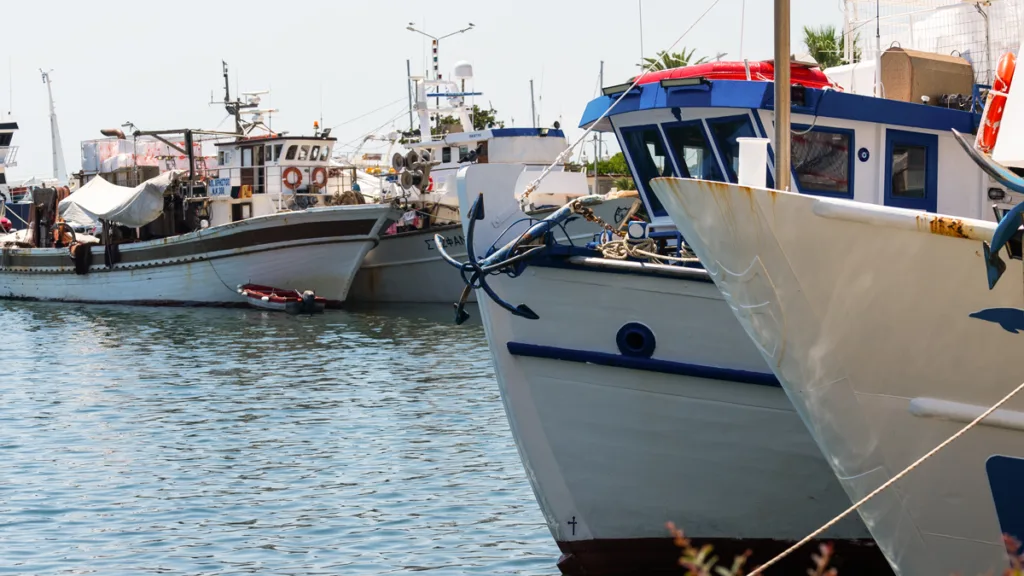
The modern era of the port of Kavala
Fast forward to the 20th century, the port underwent significant construction, culminating in 1950. Notably, the port “Apostolos Pavlos” served as the central point for maritime transport until 2002, when commercial activities were moved to the new port “Filippos B” in Nea Karvali.
Today, the central port is a bustling hub for:
- Passenger Transport: Daily ferry routes to Thassos and regular routes to Limnos, Mytilene, Chios, and Samos.
- Tourism: Cruise ships and pleasure yachts frequently dock here.
- Fishing Fleet: Serving as a reserve.
- Nautical Sports: Hosting various water sports activities.
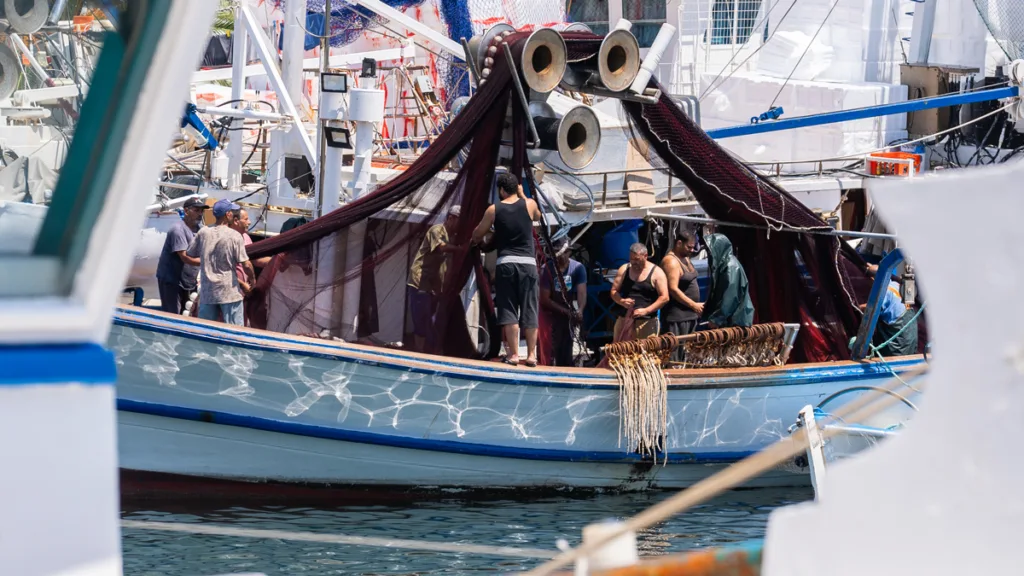
The New Commercial Port: “Filippos B”
Located 8 km east of Kavala, the “Filippos B” port is a modern facility directly connected to the Egnatia Odos highway, part of the Transeuropean network. This port, with its extensive infrastructure, aims to be the main gateway to the East Balkans.
- Key Features:
- Platform Length: 910m
- Depth: 12m
- Space: 282,000m² for freight management and storage
- Capacity: Can simultaneously serve two 190m ships and a Ro-Ro ship

The Role of Kavala Port Authority
The Kavala Port Authority (KPA SA) manages four key ports: the passenger/central port of Kavala “Apostolos Pavlos”, the commercial port of Kavala “Filippos B’”, the port of Keramoti, and the port/shelter of Eleftheres. This management is conducted under a concession agreement with the Greek State, ensuring efficient and strategic development of these maritime hubs.
In recent years, significant investments have been made to improve the infrastructure and services at these ports. The strategic vision includes making “Filippos B” a primary gateway to the eastern Balkans and enhancing the passenger experience at “Apostolos Pavlos”.

Current and Future Developments for the port of Kavala
The development of the city of Kavala necessitated the construction of the new port outside the city. According to studies conducted since 1966, the proposal for a modern port in Nea Karvali prevailed. Construction work for the port “Filippos Β’” began in 1990. Before the completion of extension projects, the commercial port had a platform of 400m length and 11.5m depth at the platform, with an overall space of 50,000m² for the management and storage of freights. The existing infrastructure can simultaneously serve two ships of 190m length and a Ro-Ro ship.
After the completion of the expansion works in March 2019, the commercial port boasts platforms of 910m length and 12m depth at the platforms, with an overall space of about 282,000m² for the management and storage of freights. The vision for the commercial port “Filippos B’” is to make it the main gateway towards the East Balkans, emphasizing the provision of value-added services.

The Historical and Cultural Impact
The port of Kavala has played a major role in the evolution and development of the city from ancient times to the present. It was built by the Thasians at the end of the 7th century BC and kept open the way to the Aegean and the coast of Asia Minor. Through this port, Apostle Paul arrived in Kavala and began spreading Christianity throughout Europe.
In the 16th century, the export trade of local agricultural products (wheat, cotton, etc.) began to flourish. Apart from that, the port also played a major role as a center for fishing and tobacco. Starting in 1920 and completed in 1950, several significant works were undertaken at the port, as well as the creation of the new coast of Kavala.
Today, the land area of the harbor is a focal point for recreational, commercial, business, and tourist activity. Since October 2002, the port has not been used commercially. Instead, the “Filippos B” port in Nea Karvali handles commercial activities.
External Links for Further Information about the port of Kavala
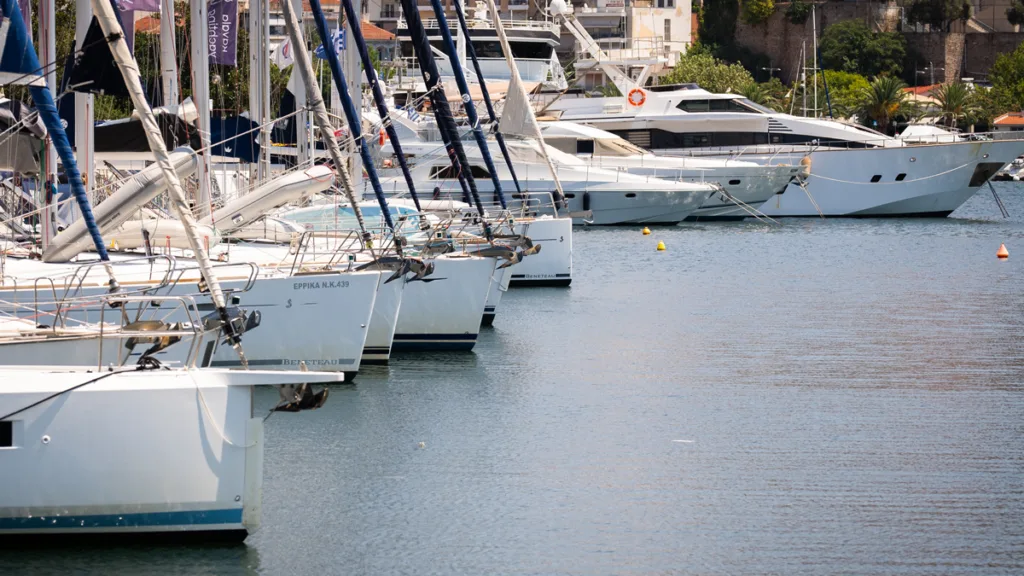
Final Thoughts
Kavala is a destination that perfectly marries the past with the present. Whether you are there to explore its rich history, enjoy its modern port facilities, or simply relax by the sea, Kavala promises a memorable experience. Plan your visit today and discover the hidden gem of Greece!
book a ticket for Ferries in Kavala!
Farmer Markets
Kavala’s Vibrant Farmer Markets A Local Gem Awaits You! Are you ready to explore the…
Scenic Views
best Scenic Views in Kavala Kavala, a city bursting with history and natural beauty, is…
Escort Ladies Kavala
Escort Ladies Kavala Professional Companionship Services Kavala is a lively city, renowned not only for…
Hospitals
Hospitals Kavala Quality Medical Care The Essentials at a Glance Main Hospital: General Hospital in…
Enduro
Enduro Riding in Kavala Your Guide to an Unforgettable Adventure If you’re seeking an adrenaline-fueled…
Fitness Studio
Fitness Studio Kavala Find Your Perfect Gym! If you’re searching for a Kavala fitness studio,…
Elenas Green House
Elenas Green House Your Beachfront Holiday Retreat pictures by luxlens.gr If you are searching for…
Waterway Trail
Waterway Trail a hiker’s paradise Explore the waterway trail in Kavala, a journey through history…
History
History of Kavala Uncover the Past of a Historic City Welcome to a journey through…

